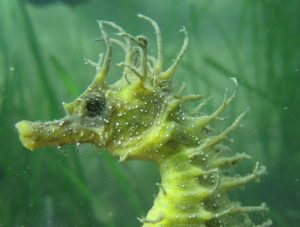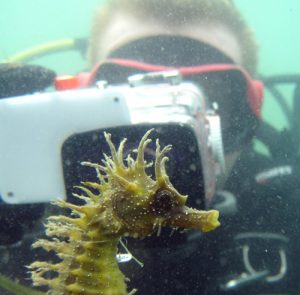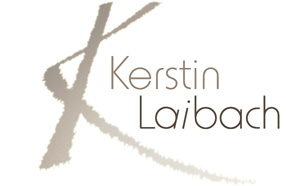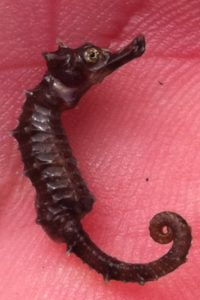Trust divers had an amazing dive yesterday on our study site at Studland Bay in Dorset, not just one but two female Spiny Seahorses. Trust volunteer surveyors have not found seahorses for several dives now so to find these 2 females is fantastic and surprising news. 2011 has been a very quiet year for seahorses at Studland because of the unusual weather patterns that have not produced the food for the seahorses. Volunteer Shane found both of the seahorses which was such a surprise for him as they are his first seahorses in the wild. Although he has put in many hours of diving and turned up week after week he had not been successful but yesterday he found both of the seahorses and the look on his face said it all. Volunteers like Shane, Eva, John, Dan, Paul and all the others have made a big difference to our knowledge of seahorses in the wild and we offer a great vote of thanks to all off them including Beccy and Jonny who have taken their survey skills to Madagascar this summer and will be back with the trust soon.







Recent Comments